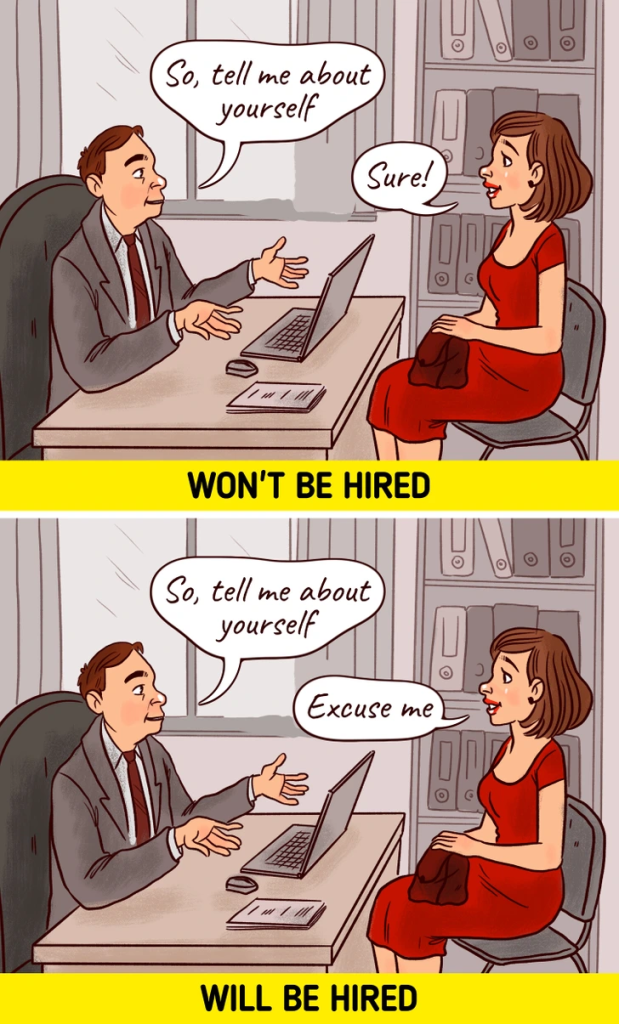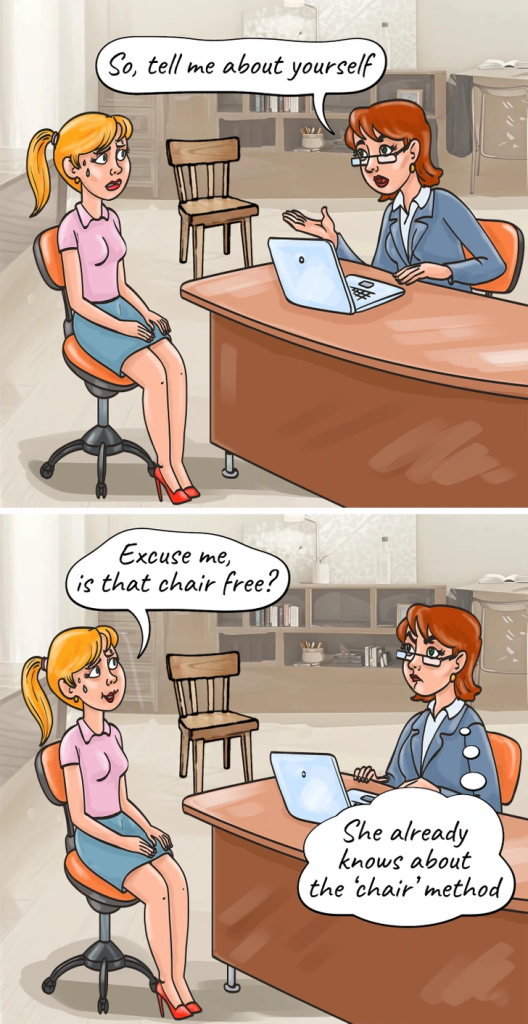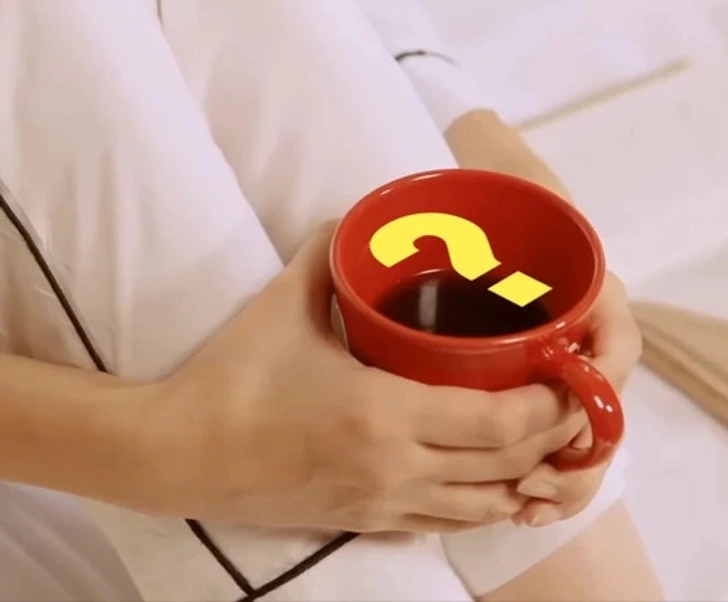Job interviews are about more than just your resume and technical skills—they’re often designed to test how you handle pressure, unexpected challenges, and even subtle psychological evaluations. One of the lesser-known but increasingly popular techniques used by interviewers is the “Chair” Method. At first glance, it seems like a small, insignificant detail, but it can reveal more about a candidate’s personality than any scripted answer.
So, what exactly is the Chair Method, and how should you handle it if you encounter it? Let’s break it down.
What Is the “Chair” Method?

The Chair Method is a strategic interview tactic designed to assess a candidate’s confidence, assertiveness, and ability to take initiative. It works like this:
- The interviewer intentionally provides a wobbly or uncomfortable chair for the candidate.
- A more stable and comfortable chair is placed elsewhere in the room—usually at the back.
- The goal? To see if the candidate speaks up, makes an adjustment, or simply accepts the inconvenience without addressing it.
At first, this might seem like a simple mistake or a minor inconvenience. But in reality, it’s a deliberate move to test how you respond to discomfort. The underlying question is: Will you take action to improve your situation, or will you silently endure an unnecessary problem?
Why Do Interviewers Use This Method?
This test isn’t about furniture—it’s about personality traits that are crucial in the workplace. Companies want employees who:
- Speak up when something is wrong – In a real work environment, problems arise all the time. Employers want people who can recognize issues and address them, rather than just suffering in silence.
- Demonstrate confidence and initiative – If you notice the chair issue and politely ask for a different one, it shows that you’re not afraid to advocate for yourself.
- Are aware of their surroundings – A candidate who ignores the wobbly chair or struggles through the interview without fixing the problem might indicate passivity or a lack of attention to detail.
- Prioritize efficiency – Wasting time trying to balance on a broken chair instead of simply swapping it for a better one is a metaphor for how some employees handle problems inefficiently.
How to Handle the “Chair” Test Like a Pro
If you ever find yourself in this situation, don’t let it shake you. Instead, use it as an opportunity to demonstrate confidence and awareness.
Assess the Situation
When you sit down, quickly notice if the chair feels unstable, uncomfortable, or unusually low. If it is, don’t just brush it off. Take a moment to evaluate your options.
Speak Up Confidently
Instead of trying to tough it out, politely acknowledge the issue. You can say something simple like:
“Excuse me, this chair feels a bit wobbly. Would it be okay if I switch to that one instead?”
This statement is professional, direct, and shows that you’re comfortable addressing issues without making a big deal out of them.
Observe the Interviewer’s Reaction
If the chair issue was intentional, the interviewer will likely note how you responded. Did you ignore the problem, struggle through the interview, or handle it assertively?
If they respond with something like “Oh, sure, go ahead!” it’s a sign that they were testing you.
If they seem surprised and insist that you stay put, it might have just been an accidental setup—but either way, you’ve already demonstrated confidence and self-advocacy.

Other Subtle Interview Tactics to Watch Out For
The Chair Method isn’t the only sneaky trick interviewers use to evaluate candidates. Here are a few other unexpected tests you might encounter:
The “Coffee Cup” Test
In this test, the interviewer offers you a cup of coffee or water. At the end of the interview, they observe what you do with it.
- If you take the initiative to clean up after yourself—by asking where to put the cup or taking it to the kitchen—it signals that you are considerate and proactive.
- If you leave the cup behind, it might indicate a lack of attention to detail or a sense of entitlement.
The Deliberate Silence Trick
At some point, the interviewer might pause for an uncomfortably long silence after you answer a question. This is a test to see:
- If you panic and start rambling (which could indicate insecurity).
- If you remain calm and composed, showing confidence in your answers.
The Rude Receptionist Test
Some companies use the receptionist as part of the hiring process. If you are rude or dismissive to the receptionist, word will get back to the hiring team. Many companies use this tactic to see how you treat people when you think no one important is watching.
Why These Tests Matter
At first glance, these small details might seem insignificant, but they provide valuable insights into a candidate’s personality. A great resume isn’t enough—employers want to know how you think, react, and interact with others in real-life situations.

What are they looking for?
- Confidence – Employers want to see that you can advocate for yourself without being aggressive.
- Awareness – Small things, like noticing a broken chair or picking up your coffee cup, show that you are detail-oriented.
- Problem-Solving Skills – Do you ignore issues, or do you find a way to fix them efficiently?
- Cultural Fit – Many of these tests help companies assess whether you’ll fit into their work environment and team culture.
Final Thoughts: Stay Sharp in Job Interviews
Job interviews aren’t always as straightforward as they seem. Subtle psychological tests—like the Chair Method, the Coffee Cup Test, and the Rude Receptionist Trick—are all designed to reveal things about your character that might not come through in your answers alone.
The next time you’re in an interview, pay attention to the small details. If something feels like an unexpected challenge, take a breath and handle it with confidence. Remember, you’re not just being evaluated on your skills—you’re being assessed on how you react, problem-solve, and interact.
So, the next time you sit down for an interview, take a moment to check the chair. It might just be the first test of many.


